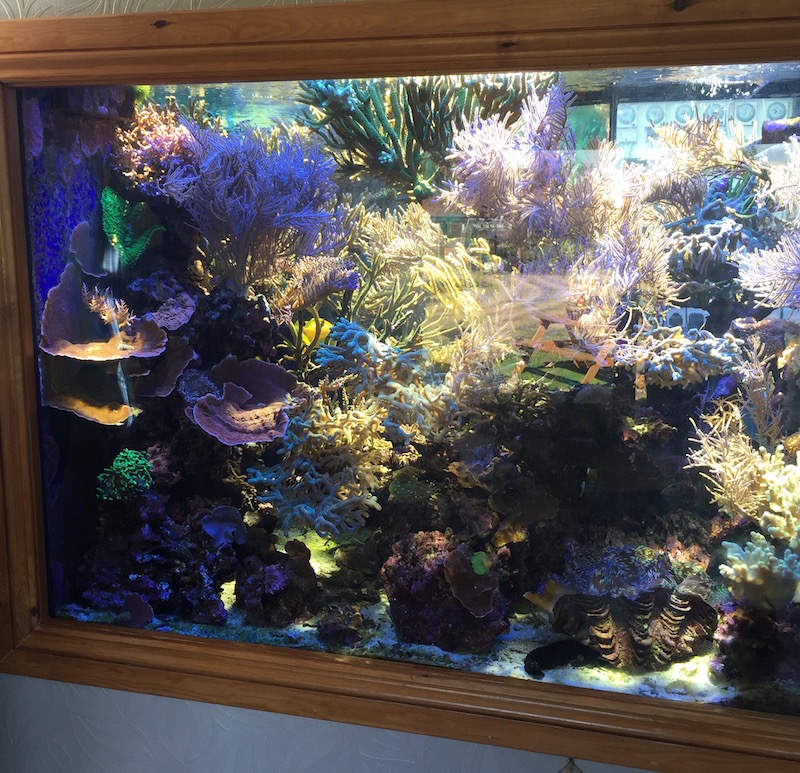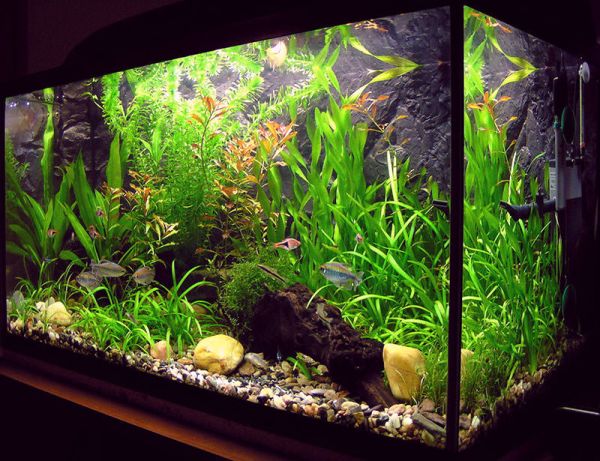
Freshwater Aquarium Fish for Beginners Easy Fish to Keep Alive
10 Crucial Tips on How to Maintain A Freshwater Fish Tank
Semi-aquatic turtles like the Spotted Turtle, with their striking yellow spots, are unique freshwater turtle species that can be a centerpiece in your tank. The Spotted Turtle care is also beginner-friendly because they don’t need much to thrive. Give them a tank with clean, shallow water and feed them a well-maintained diet, and they’re good to go. Small freshwater turtles like bottom-dwelling Musk Turtles are perfect for moderate-depth tanks. The common Musk Turtle tank setup should have sandy substrates because they love hiding at the tank’s bottom.
Types of Fish that can Live Together
Betta Fish, known for their stunning colors and elaborate fins, are a popular choice for beginners. These fish are often kept alone due to their aggressive nature, particularly among males. However, their solitary lifestyle doesn’t detract from their beauty or the joy they bring to an aquarium.
thoughts on “14 Types of Freshwater Turtles: The Best Aquarium Companions”
- Best kept in groups of six or more of their own kind, they are very adaptable and gentle and will not bother smaller tank mates.
- To calculate the correct heater size for your tank you take the average degrees the room the tank is in and subtract that from what you want your tank to be.
- Make sure you are providing adequate food for your fish type, and lastly if you see a sick fish remove it from the tank and quarantine it.
Be prepared to take at least a few weeks to ensure your tank is fully cycled before bringing your fish home. If you don’t have the time to skim through that article, my quick recommendation would always be to use Tetra SafeStart Plus. This brand contains the actual species of ammonia-consuming bacteria that thrive in water, unlike some other brands that use a less-efficient terrestrial strain.
This might signal high ammonia or nitrite levels, which means it’s time for a water change and proper filtration. Regular water changes are necessary for a balanced aquarium environment. Also, limit the light duration to reduce algae growth, creating a balanced environment for your aquatic life. Regular use of a gravel vacuum helps pick up uneaten food and fish waste, which can lead to harmful ammonia levels. Adjustable heaters are a good investment since you can tweak the temperature if needed.Stable water conditions and a balanced diet of flake food, supplemented with occasional live or frozen treats, will support their health and vibrant colors. Beginners will appreciate their easygoing nature and the lively dynamics they introduce to the tank. While they can adapt to a variety of water conditions, maintaining clean and well-oxygenated water will ensure their health and happiness. Their diet should include sinking pellets and occasional live or frozen foods to mimic their natural foraging habits.

